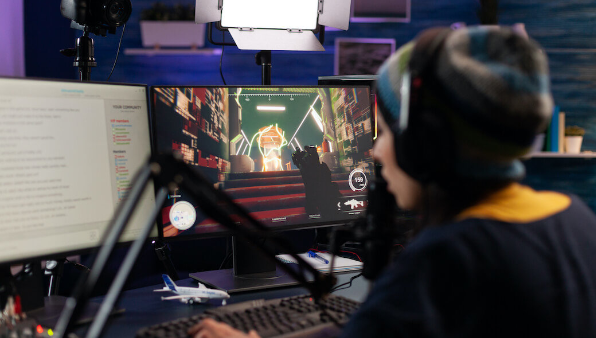Live streaming has become a vital tool for content creators, educators, businesses, and entertainers alike. Setting up a live streaming server can provide greater control, customization, and reliability compared to third-party services. Here’s a comprehensive guide on how to set up your own live streaming server.
Choosing the Right Server
The first step in setting up a live streaming server is selecting the right hardware. A dedicated server for streaming is essential to ensure high performance and reliability. Unlike shared servers, a dedicated server provides the necessary resources to handle high-quality video streaming without interruptions.
Key Considerations for Server Hardware
- CPU and RAM: Streaming is resource-intensive. Ensure your server has a powerful CPU and ample RAM to handle multiple concurrent streams.
- Storage: Opt for SSD storage for faster read/write speeds and improved performance.
- Bandwidth: A high bandwidth connection is crucial to avoid buffering. Aim for at least a 1 Gbps connection, though higher speeds are recommended for better quality.
Installing Streaming Software
Once you have the hardware in place, the next step is to install the necessary software. Two popular options are Nginx with the RTMP module and Wowza Streaming Engine.
Nginx with RTMP Module
Nginx is a powerful web server that, with the RTMP module, can handle live video streaming. Here’s a basic setup guide:
- Install Nginx: Download and install Nginx on your server.
- Add the RTMP Module: Compile the RTMP module with Nginx.
- Configure Nginx: Edit the Nginx configuration file to include RTMP settings.
Wowza Streaming Engine
Wowza is a robust streaming server software that supports various streaming protocols and offers advanced features:
- Download and Install: Obtain the Wowza installer and follow the installation instructions.
- Configuration: Use the Wowza dashboard to configure your streaming settings.
Configuring Your Network
Proper network configuration is crucial for ensuring a smooth streaming experience. Here are the steps to follow:
- Port Forwarding: Ensure that the necessary ports (e.g., 1935 for RTMP) are open on your router and firewall.
- Static IP: Assign a static IP to your server to maintain a consistent connection.
- DNS Setup: If you have a custom domain, configure DNS settings to point to your server’s IP address.
Optimizing for Performance
For high-quality live streaming, optimization is key. Here are some tips:
- Use Dedicated Servers 10Gbps: For large-scale streaming, consider dedicated servers with 10Gbps connections. This ensures that your viewers experience minimal latency and buffering.
- Load Balancing: Distribute the streaming load across multiple servers to prevent overloading a single server.
- Content Delivery Network (CDN): Utilize a CDN to deliver content more efficiently to viewers around the world.
Testing and Monitoring
Before going live, it’s vital to test your setup. Run a few test streams to check for any issues. Use monitoring tools to track server performance, viewer statistics, and potential bottlenecks.
After thorough testing and optimization, you’re ready to start broadcasting. Announce your stream on social media and other platforms to attract viewers. Ensure you have a reliable backup plan in case of any technical difficulties.
By carefully planning and configuring your setup, choosing the right hardware, installing robust software, optimizing performance, and thorough testing, you can create a reliable and high-quality streaming experience for your audience. Whether you’re streaming events, hosting webinars, or gaming, a dedicated live streaming server provides the flexibility and control needed to deliver exceptional content.












